Carbs in Depth
Carbs
in a nutshell

Generally speaking, complex carbohydrates have many health advantages over simple carbohydrates. This is partially because complex carbs provide a longer-lasting, steadier supply of energy than simple carbs (due to the longer digestion time), but that’s not the whole story. Many simple and complex carbs go through a process called refinement. During the refinement process, much of the carb’s original nutrients, vitamins and fiber are stripped away, leaving little nutritional value. One good example of a refined carb is white rice. Believe it or not, white rice is not its own type of rice; it’s actually the result of another type of rice being refined until only the innermost part of the rice remains. This process can extend the rice’s storage life and give it a more mild and delicate flavor, but reduces its nutritiousness to near zero. Other foods that contain a high amount of refined carbs, like candy and soda, similarly provide calories but without the important vitamins and minerals. That’s why these types of foods are sometimes called “empty calories”. Eating too many foods high in refined carbs can increase your risk of diseases such as heart or kidney disease and diabetes.
One important note, however, is that a food high in simple carbs is not automatically unhealthy. A perfect example is an apple. While an apple has a lot of simple carbs in the form of fructose (it’s what makes the apple taste sweet), an apple also provides fiber and a range of important vitamins and minerals, especially in the peel. Compare this to a candy bar like a Snickers, which has 30 grams of sugar but almost zero vitamins and minerals. Both an apple and a Snickers are high in simple carbs, but they definitely don’t have the same impact on your body!
Foods that have not been processed and remain closer to their natural state will still have many of their original nutrients, providing your body with much more of what it needs to stay healthy. These are called natural carbs. Some good examples of natural carbs are whole grains such as whole wheat bread, brown rice, beans, and vegetables such as potatoes, corn and squash.
While it’s perfectly fine to enjoy a candy bar or a soda once in a while, remember, eating more natural carbs is a good way to eat healthily and get all the energy and nutrients your body needs to function at its best!

Introduction
Carbohydrates are one of the main food groups that provide the necessary energy and nutrition for all the things you do every day. They are an important nutrient that provides most of the energy your body needs. But you may have also heard that carbs are a little controversial. One day doctors and athletes say carbs are the best, and then the next day they are being blamed for all kinds of health problems! Low-carb and no-carb diets have also become popular among some people who want to lose weight or stay fit. It’s pretty confusing. So, first let’s look at what a carb is, and find out what makes a carb healthy or unhealthy.
Simple vs. Complex
As you know, most of the energy used to maintain the body comes from carbs. But how is this done? When we eat any kind of food it goes into our stomach, through our digestive tract and is broken down into smaller elements that can be absorbed into the bloodstream. As these small units move through the bloodstream they are distributed to your organs, muscles and essentially every cell. When it comes to carbs, some of them already come in these small units, ready to be absorbed by your body right away. Other carbs are larger, and need to be broken down further before your body can use them. These two categories of carbs are also known as simple and complex. The category they fall into depends on how fast your body can absorb the carbs to use as energy.
Simple carbs are the smallest unit of carb. They are also called simple sugars. You may think of sugar as the white table sugar we use to sweeten cookies or add to coffee. It is true that this white sugar is one type of simple sugar, but simple sugars can be found in other foods such as fruit or milk. Whether the simple carb is from a piece of candy or an apple, our body can digest and use that energy right away.
On the other hand, complex carbs are absorbed more slowly. This is because complex carbs are made up of many simple sugars bound together, like a chain. This chain needs to be broken apart before our bodies can use it as energy. During digestion, complex carbs break down into smaller units until they are single units called simple sugars. Then it is ready for our body to absorb and use for energy.
One example of a complex carb is starch. All plant products, particularly grains, contain some starch. Grains like wheat, rice, and oats, or vegetables like corn and potatoes are especially rich in starch.
Refined vs. Natural
Carbs, whether they are simple or complex, can also be either refined or natural. This depends on what processes the food is put through. Some carbs go through processes that change it so much, they are stripped of some of their natural nutrients. These are referred to as refined carbs. They are easy to spot because they are often sold in a box, bag or bottle at the grocery store. Some examples of foods with refined simple carbs are candy, desserts, regular soda and cane sugar. Refined complex carbs include white flour, white rice and pasta.
Other carbs have not been changed so much. These are called natural carbs and they haven’t been altered much from their natural state. Carbs that are natural would be found in the produce section, or they may be packaged, but they typically have more of their naturally-occurring nutrients remaining. Natural simple carbs would include fruits, vegetables, honey and milk. Some examples of natural complex carbs are beans, brown rice, wholegrain pasta and starchy vegetables like peas or sweet potatoes.
Eating Healthy Carbs
So, what does this information mean for you, a person who is trying to eat healthy? By understanding the different types of carbohydrates, it’s easy to see that carbs are not all bad or all good. They are, however, really important to your body! In fact, one quarter or 25% of your daily food should be from carbs. Not only do they provide a major source of energy, carbs can also help your organs function properly; any diet that suggests cutting out carbs entirely may be dangerous to your health.
Whether the carbs you eat are simple or complex, in order for your body to use them as energy, they must first be in the form of simple sugars. You may be wondering, if all the carbs I eat eventually turn into simple sugars, then why does it matter what kind of carbs I eat? The answer lies in what other nutrients are found in the carbs. Which carbs you eat can have a major impact on your body’s functioning!
The foods that contain refined simple sugars often take the form of “empty calories”. For example, a can of soda contains a great deal of calories, but hardly any other important nutrients like vitamins and minerals. Additionally, when you drink something full of simple sugars, like a soda, you will get a spike of energy from their quick absorption into your bloodstream. But unless you’re engaged in heavy physical activity like running or weightlifting, your body has no way to use up all the energy at once. The excess energy gets stored in your body as fat, causing you to gain weight. Even worse, these sugar spikes and excess weight could eventually lead to other diseases such as high blood pressure, heart disease or diabetes.
However, complex carbs are digested differently. Remember, complex carbs come in the form of a chain that needs to be broken down into single units before your body can use them. Since it takes time to break down these carbs, your body will absorb them gradually. By entering your system in a slow and steady stream, you feel energized for a longer period of time. Additionally, because your body is allowed more time to burn the sugars, almost all of it is used for energy and very little ends up turning into fat.
The nutrients that come with carbs also determine how healthy they are. Natural complex carbs are often found in foods that are loaded with other nutrients! Wheat, for example, is rich in a number of essential vitamins such as folate, phosphorus, and zinc; likewise, the complex carbs in potatoes come bundled with other nutrients like vitamin C, vitamin B6, and iron. Some foods with simple sugars can be full of nutrients as well. Fruits and vegetables provide essential nutrients such as vitamins and fiber that help our body perform at its best. Milk, another food with simple sugar, provides nutrients like protein and calcium, which is a very important mineral for a growing body. These foods also have much less sugar per serving than soda, so you would not experience the “sugar rush” and then “sugar crash”. But that does not mean you can never ever eat a candy bar again! No food has to be “off limits” entirely—it’s all about balance and moderation.
Conclusion
Overall, eating more natural carbohydrates than refined carbohydrates, whether they are simple or complex, is a good way to ensure that you’re receiving all of the nutrients your body needs. Although complex carbs are an important staple and provide a steady stream of energy, natural simple carbs (found in fruit or milk) are also part of a nutritious diet. It is refined simple carbs that are unhealthy and increase your risk for certain diseases. Try to eat mostly foods like fruits, vegetables, nuts, beans and whole grains, and the occasional treat can still be part of a healthy eating plan.
Resources
- Bronson Merki, M., Merki, D., (2001). Glencoe Health, A Guide to Wellness, 7th Ed. New York, NY: Glencoe McGraw-Hill.
- Duyff, R., (2017). ADA Complete Food and Nutrition Guide, 5th Edition. Boston, MA /New York, NY: Houghton Mifflin Harcourt.
- Rinzler, C., (2016). Nutrition for Dummies, 6th Ed. Hoboken, New Jersey: John Wiley & Sons, Inc.
- The smart way to look at carbohydrates, (2018). Harvard Health Publishing.
- Thompson, J., Manore, M., Vaughan, L., (2014). The Science of Nutrition, 3rd Ed. Boston: Pearson Publishing, Inc.


